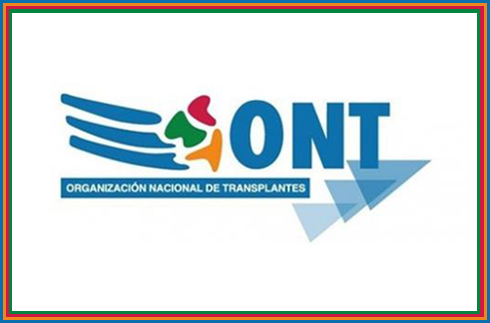It is legal in the U.S. for a deceased donor organ for transplant to be directed to a particular recipient, if the recipient is compatible (and otherwise the organs are allocated as in the usual way for nondirected deceased donation.) Because compatibility is tricky, directed deceased donation (DDD) is rare (but deceased donor kidneys can potentially be used to start a deceased donor initiated chain of kidney exchange).
But in most of Europe, it turns out, DDD isn't legal. (!) Here's a paper by the European Society of Transplantation's European Platform on Ethical, Legal and Psychosocial Aspects of Organ Transplantation. It cautiously argues that maybe this ban is "one thought too many," and that the ban should be lifted so that carefully regulated DDD would be allowed to increase organ donation in Europe and save more lives.
"When is directed deceased donation justified? Practical, ethical, and legal issues," by David Shaw1,2 , Dale Gardiner3, Rutger Ploeg4, Anne Floden5,6, Jessie Cooper7, Alicia Pérez-Blanco8, Tineke Wind9, Lydia Dijkhuizen10, Nichon Jansen10 and Bernadette Haase-Kromwijk10; on behalf of the ESOT ELPAT Working Group on Deceased Donation, Journal of the Intensive Care Society, 2024.
Abstract: This paper explores whether directed deceased organ donation should be permitted, and if so under which conditions. While organ donation and allocation systems must be fair and transparent, might it be “one thought too many” to prevent directed donation within families? We proceed by providing a description of the medical and legal context, followed by identification of the main ethical issues involved in directed donation, and then explore these through a series of hypothetical cases similar to those encountered in practice. Ultimately, we set certain conditions under which directed deceased donation may be ethically acceptable. We restrict our discussion to the allocation of organs to recipients already on the waiting list.
"The persistent shortage of organs available for transplantation demands fair and objective allocation of the scarce available organs, based on preset transparent and regulated criteria. In most European countries, organs from deceased donors are allocated to patients on the organ waiting list by national Competent Authorities.3 The current worldwide norm is that organs donated after death are considered as an unconditional gift to the patients on the transplant waiting list according to the allocation system. This implies that donors (prior to their death), or their family members (after it), cannot determine to whom the available organs will be assigned, nor exclude any potential recipients.
...
"In a few countries, like the United States, United Kingdom, Japan, and recently Australia, directed deceased donation is possible in restricted cases, since national legislation does not prohibit it. In living donation however, directed donation is permitted in many countries, even when there is no genetic or emotional relationship between the donor and the intended recipient. This inconsistency between the living donation- and deceased donation system has been noted.4
"This paper explores whether directed deceased donation should be allowed, and if so under which conditions.
...
"The main argument against DDD is that this violates the basic principle of an altruistic, unconditional gift to society; allowing DDD may turn out to be a “slippery slope” in the direction of conditional donation and discrimination against particular patient groups. Conditional donation could also reduce public support for the transplantation system, since it could reduce transparency and fairness of the system.
...
"What, then, are the conditions for ethical DDD at the present time?
1. DDD under strict conditions should not be prohibited by legislation or policy.
2. There must be evidence that the donor wanted or would have been willing to direct the organ to a particular family member or close friend.
3. The donor/family should generally not be able to insist on only donating the organ intended for DDD; where other organs are transplantable there should be a willingness to donate other organs (at least one) to patients on the waiting list to preserve the societal altruistic aspect of donation and diminish the overall effect on the waiting list.
4. DDD should proceed only if there is no patient on the waiting list in extremely urgent need of an organ transplantation to avoid imminent death.
5. DDD should proceed only if there is a reasonable chance of successful transplantation.
6. The intended recipient should be on the waiting list or be under assessment for being included.
"If these conditions are met, the medical team should do their best to facilitate the wishes of the deceased patient and his/her family by enabling DDD to take place. Letting deceased donors direct their organs to loved ones under carefully controlled conditions could further enhance trust in organ donation and transplantation systems, and hence willingness to become a donor."




